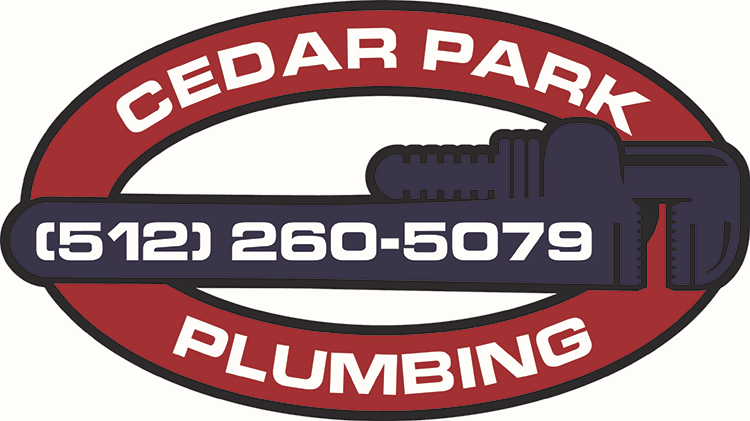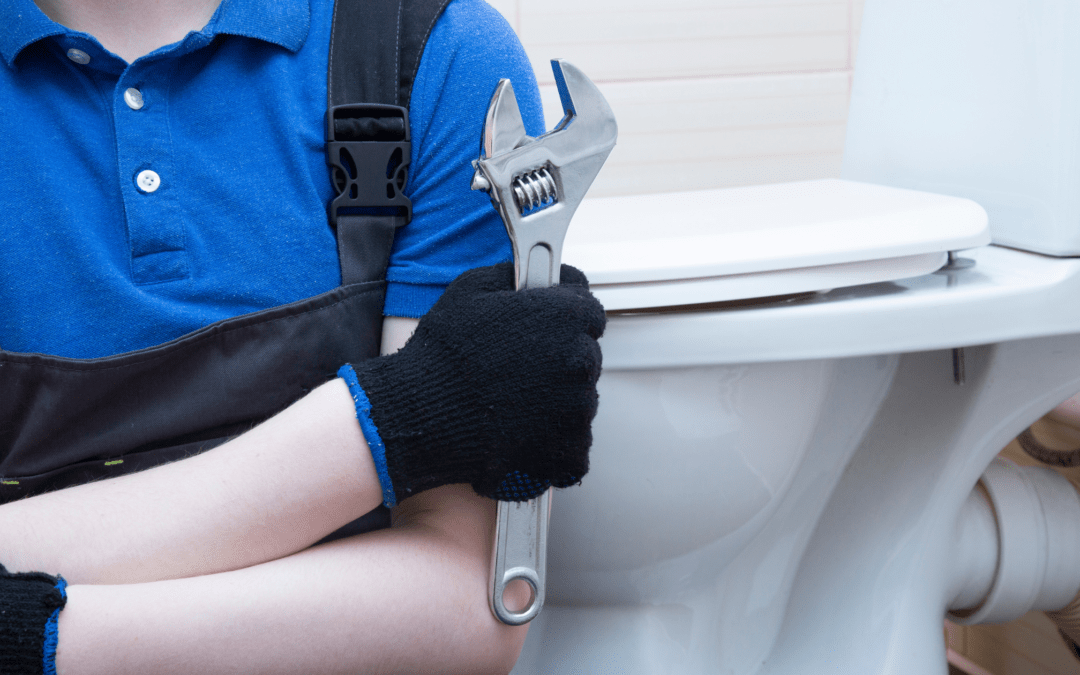When it comes to plumbing repairs, many people only see the end result – a functioning toilet, sink, or shower. However, there is much more that goes on behind the scenes when it comes to fixing plumbing issues. From locating the source of the problem to determining the best course of action for repair, there are several steps involved in getting your plumbing back in working order. In this blog post, we’ll take a closer look at some of these realities and what you can expect during a plumbing repair.
Diagnosing the Problem
The first step in any plumbing repair is diagnosing the issue. This involves identifying where the problem is located and what is causing it. In some cases, this may be as simple as a clogged drain or leaky faucet. However, more complex issues such as sewer line backups or water heater malfunctions require a more thorough diagnosis process. Plumbers may use specialized equipment such as cameras or pressure gauges to pinpoint the source of the problem before proceeding with repairs.
Determining Repair Options
Once the problem has been identified, plumbers will determine what repair options are available. Depending on the severity of the issue and other factors such as age or condition of pipes and fixtures, there may be multiple options for repair ranging from quick fixes to full replacements. Your plumber will discuss these options with you and help you make an informed decision based on your needs and budget.
Preparing for Plumbing Repairs
Before any repairs can begin, preparation must be taken to ensure safe and efficient work can be done on your plumbing system. This may involve shutting off water or gas lines, removing fixtures or appliances for access to pipes, or clearing debris from work areas. Proper preparation helps minimize damage to your property and ensures that repairs can be completed quickly and effectively.
Repairing the Problem
With preparation complete, repairs can begin. Depending on the scope of the issue, this may involve replacing damaged pipes or fixtures, patching leaks, or unclogging drains. Plumbers will use specialized tools and techniques to perform repairs as quickly and efficiently as possible while minimizing disruption to your daily routine.
Post-Repair Inspection
Once repairs are complete, plumbers will conduct a post-repair inspection to ensure that everything is working properly and there are no further issues. This may involve running water or gas lines to verify pressure and flow rates, checking for leaks with specialized equipment, or testing fixtures and appliances for proper operation. A thorough inspection helps ensure that your plumbing repair will last for years to come.
Conclusion
Plumbing repairs can be stressful and disruptive, but understanding the process behind them can help ease your mind and make the experience smoother. From diagnosing the problem to conducting post-repair inspections, there are several steps involved in getting your plumbing back in working order. By working with an experienced plumber who takes the time to explain each step of the process to you, you can have confidence that your plumbing repair will be done safely and effectively. So next time you need plumbing services, don’t hesitate – call a professional who can get your system back up and running as soon as possible.

